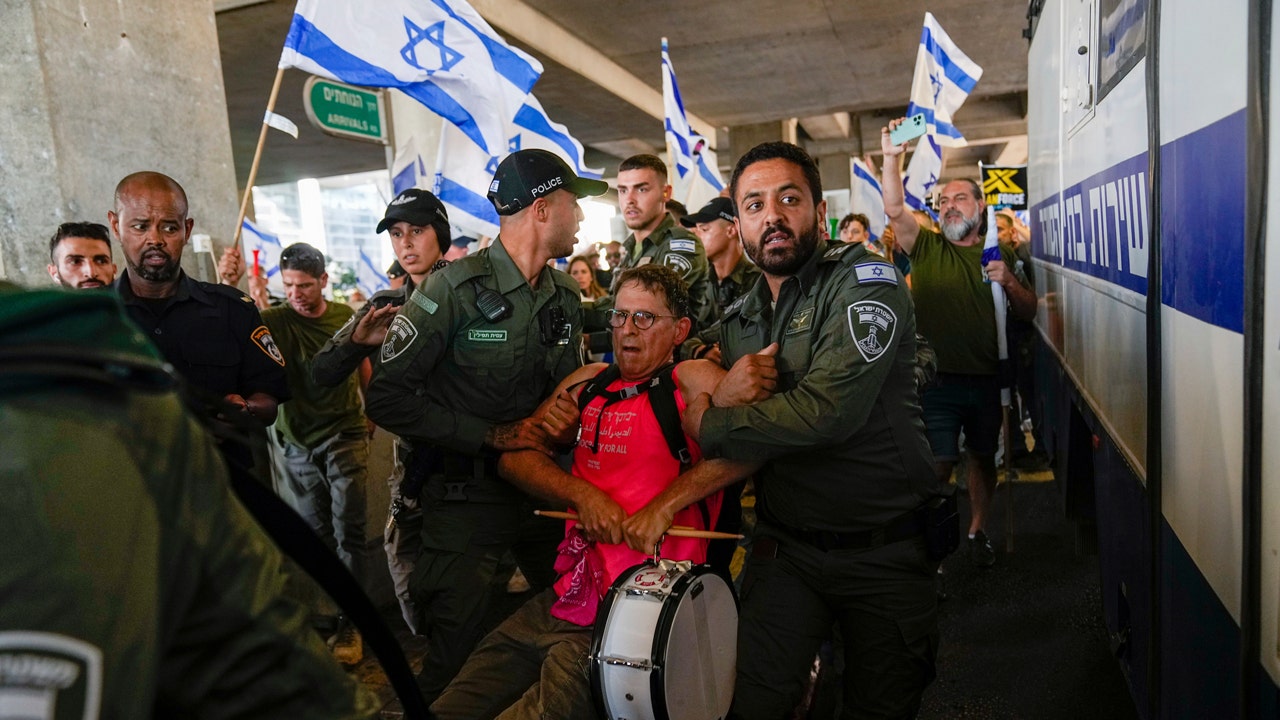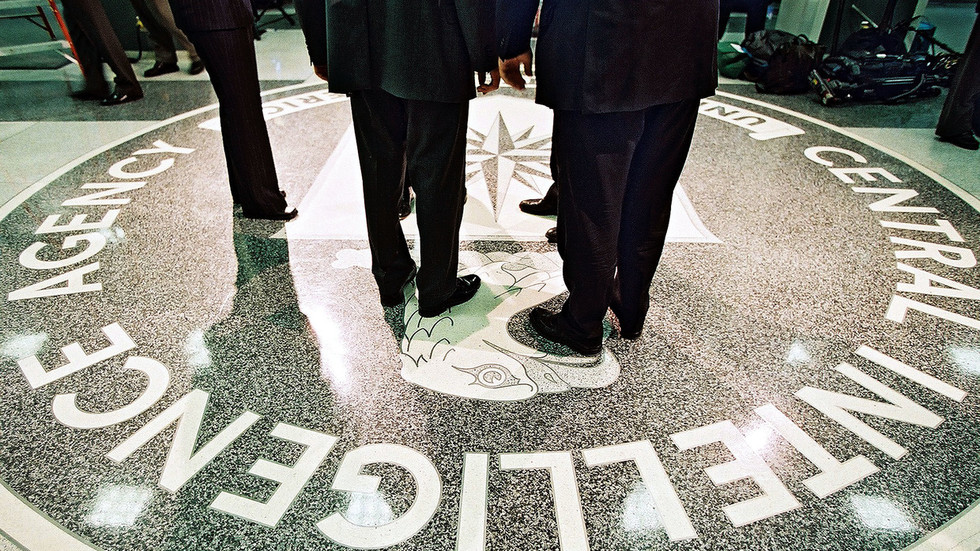Season 2 of HBO’s “Winning Time: The Rise of the Lakers Dynasty” continues to follow the rivalry between the Los Angeles Lakers and the Boston Celtics as they fight for the NBA championships. For Emmy-nominated cinematographer Todd Banhazl, ASC. shooting the playoffs was important, but capturing the emotion inside the game was essential.
Speaking with Variety’s Inside the Frame, for Variety Artisans presented by HBO Banhazl explained his first challenge: How would the cameras keep up to tell this story? “A lot of it became about what camera devices can keep up and stay close to the actors. When we’re inside the huddles, it’s a lot of handhelds, a lot of smaller cameras so we can actually be with them.”
Banhazl revealed his secret: the rollerblade camera. Operated by John Lake, he was armed with a backpack rig and a 16mm camera. “It’s a way for him to be in the game and fly around.” Banhazl chose that format for some elements of the game so they could “be more visceral and in the game have it feel like archival footage.”
The rollerblade camera could move at a pace inside the game, and when it came to blocking and rehearsing, Lake was integrated in, with plays being positioned around him. Banhazl compared the work with Lake and the rollerblade camera to a dance. He said, “We started doing these magic switches where we could be rollerblading with our actors and then we could spin around. We could sneak one of our basketball doubles in for a dunk, and then we could wrap around again and land back on our actor’s face.”
Once the movement had been resolved, Banhazl had another challenge: The sequence itself was a big one. “How do you show them moving through multiple teams it across a season while also feeling like they’re looking directly at each other?” He and director Salli Richardson had conversations about how the scenes needed to look. “She said, ‘I don’t know exactly what it looks like yet, but it’s like we’re spinning with them and they’re almost playing with each other’ And that’s how we started the idea of, ‘What if it’s like they’re passing and shooting and playing to each other across games?’”
Banhazl approached framing Larry Bird “a bit like a western.” “There’s a lot of mythos about who Larry Bird was and where he came from. So the idea was to film him like our big Western bad guy, but at the same time emotionally connect with him.” With that, he chose low-angle, wide Western-style push-ins on him.
But by the time Bird is in the playoffs, it became more about shooting both Bird and Magic Johnson as if they were both equals and heroes. He explained, “Both men deserved to win and they were the only people that could equal each other. So it was about putting them on equal footing, tight eyelines to each other and treating it like they were photographically playing with each other as equals.”
In shooting Magic, Banhazl approached it as if he were the superstar and hero that he was. “There was a joy in the camera buying into all the bravado that Magic had. So for him, it was like the flashiest stuff we could come up with for camera, but also it was about contrasting that with the most vulnerable stuff.” It was big crane shots looking down on him or long lens shots off-axis using 16mm. “It was about showing him as cocky as possible and stripped down and human as possible.”
Banhazl and Richardson relied on their iPhones during rehearsals to see where there were problems and finessed the scene based on that footage. He revealed, “This sequence in particular because it has to span all these different cut points where it looks like they’re passing or shooting to each other. We iPhoned it very carefully and then actually edited it on an iPhone to make sure that all the hidden cut points would work as glue.”
Lighting was important in the scene. The basketball was shot on a single 360 green screen stage. He used LED lighting from above to replicate the old, brutal stadium lighting. As the play moved between The Garden and the Forum, the lighting would switch. “The forum was like a showtime white light, almost like it’s like a stage production or a rock and roll show. And then the Celtics’ Garden was this pissy amber orange. It’s much older and it’s in Boston, and we were playing with making fun of how old and gross the Garden is.”
“Winning Time” was shot on film on Panavision 35mm cameras using Primo lenses. That combination served as his hero base, and beyond that he mixed formats from 16mm in color and black and white, and even 8mm “to make it feel even more archival. As if it were footage found in a little bin labeled ‘Lakers 1985’ that had been forgotten about for 40 years.”
.png)









 English (US) ·
English (US) ·